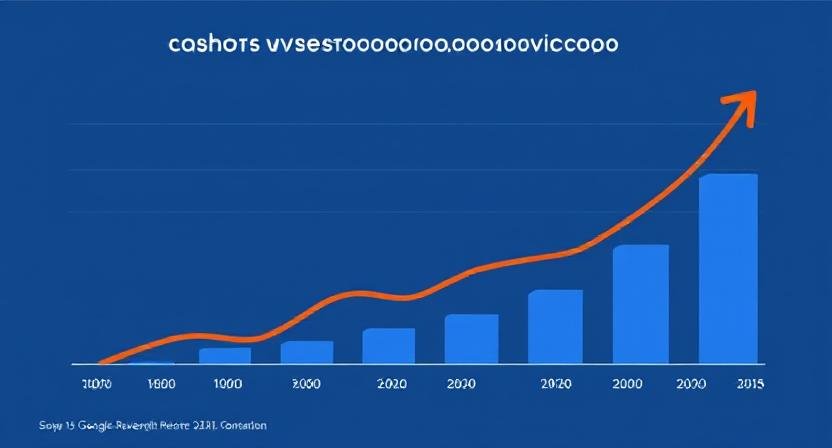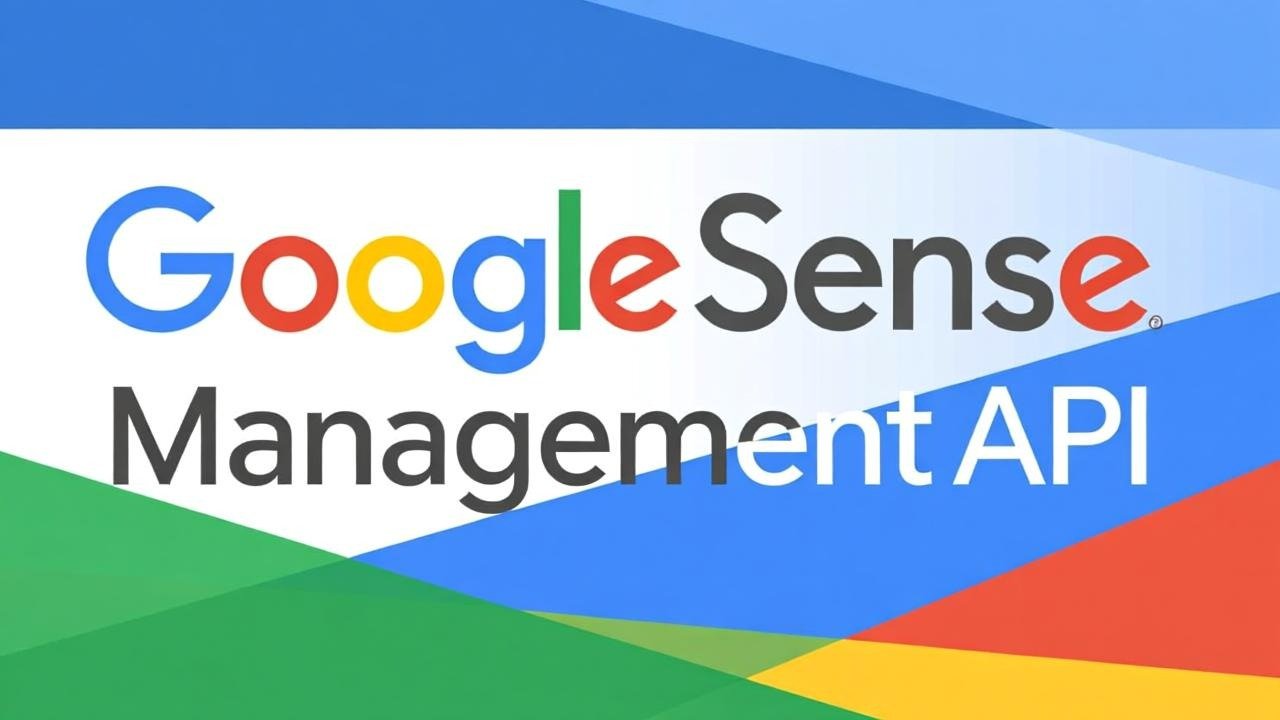Writing SEO-friendly content that ranks high on search engines is essential for any website monetized with Google AdSense. The more organic traffic you attract through well-optimized content, the higher your potential AdSense earnings. However, creation of SEO-oriented content requires a strategic approach that balances user engagement with search engine algorithms, all while setting up measurable goals to monitor your monetization success.
This guide reveals essential techniques for creating SEO-friendly content that improves your Google rankings, maintains user interest, and maximizes your Google AdSense revenue effectively in 2025.
What Is SEO-Friendly Content?
SEO-friendly content is content designed to meet the needs of both users and search engines. It is relevant, authoritative, well-structured, and incorporates targeted keywords naturally. This type of content enhances visibility on search engines, driving organic traffic that can be monetized via platforms like Google AdSense.
Why SEO-Friendly Content Is Important for AdSense Earnings
-
Higher Search Engine Rankings: Better rankings mean more visitors, which increases potential ad impressions and clicks.
-
Engaged Audience: Quality, readable content keeps visitors longer, increasing the likelihood they notice and interact with your ads.
-
Better Ad Relevance: Well-structured content guides Google’s ad auction to serve more relevant, higher-paying ads.
-
Improved User Experience: SEO best practices improve website usability, reducing bounce rates and increasing conversions.
How to Create SEO-Friendly Content That Ranks
1. Conduct Thorough Keyword Research
Identify primary and secondary keywords that match user search intent and have good search volume with manageable competition.
-
Use tools like Google Keyword Planner, SEMrush, or Ahrefs.
-
Focus on long-tail keywords for higher conversion potential.
2. Craft Compelling Titles and Meta Descriptions
-
Titles should include target keywords while compelling users to click.
-
Meta descriptions summarize content and influence click-through from SERPs.
3. Write High-Quality, Comprehensive Content
-
Answer user questions fully and clearly.
-
Use subheadings, bullet points, and images for readability.
-
Avoid keyword stuffing; maintain natural flow.
4. Optimize Content Structure
-
Use relevant headers (H1, H2, H3) to organize content.
-
Use internal links to related pages and external links to authoritative sources.
5. Focus on Mobile Optimization
-
Ensure content displays well on mobile devices.
-
Use responsive design and fast loading times.
Monitoring and Measuring Google AdSense Performance
Creating great SEO content is just part of the equation; you must also monitor how this content performs in terms of AdSense earnings.
Use Google AdSense Reports
-
Track impressions, clicks, CTR, CPC, and RPM on a page-by-page basis.
-
Identify top-performing content for revenue and replicate successful strategies.
Leverage Google Analytics
-
Link AdSense with Analytics to analyze visitor behavior alongside ad performance.
-
Understand traffic sources, bounce rates, and session duration to optimize further.
Conduct A/B Testing
-
Test different ad placements, formats, and content layouts to maximize revenue.
-
Use AdSense Experiments or other testing tools for data-driven decisions.
Tips to Maximize SEO and AdSense Earnings Together
-
Integrate ads naturally within content without disrupting user experience.
-
Update content regularly to maintain rankings and reflect current trends.
-
Use schema markup to enhance search listings with rich snippets.
-
Optimize images and page speed for better SEO and user engagement.
Reference: Google’s SEO Starter Guide
To deepen your understanding of SEO best practices, visit Google’s official SEO Starter Guide here: Google SEO Starter Guide.
Read More: Evergreen Content Ideas That Consistently Generate Google AdSense Income in 2025
Conclusion
SEO-friendly content writing is vital to driving sustainable organic traffic that converts into Google AdSense revenue. By blending keyword research, quality writing, structured formatting, and continuous performance monitoring, you can create content that ranks high on search engines and supports effective monetization.
Leveraging analytics and A/B testing further hones your strategy, ensuring your content continuously meets both user and advertiser needs in 2025’s competitive landscape.










